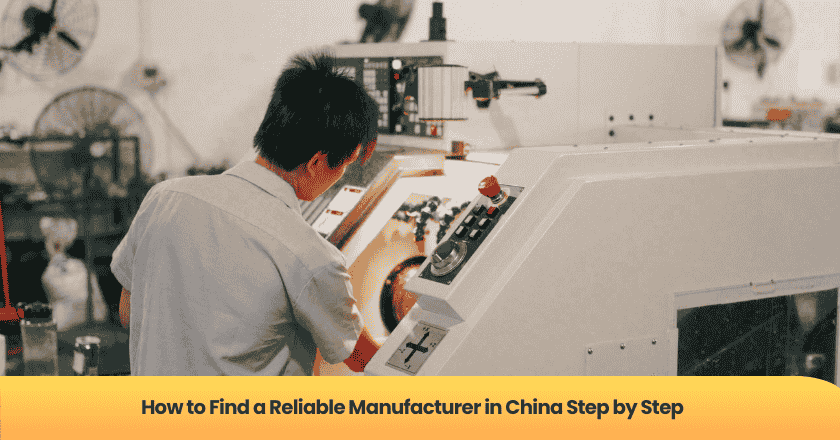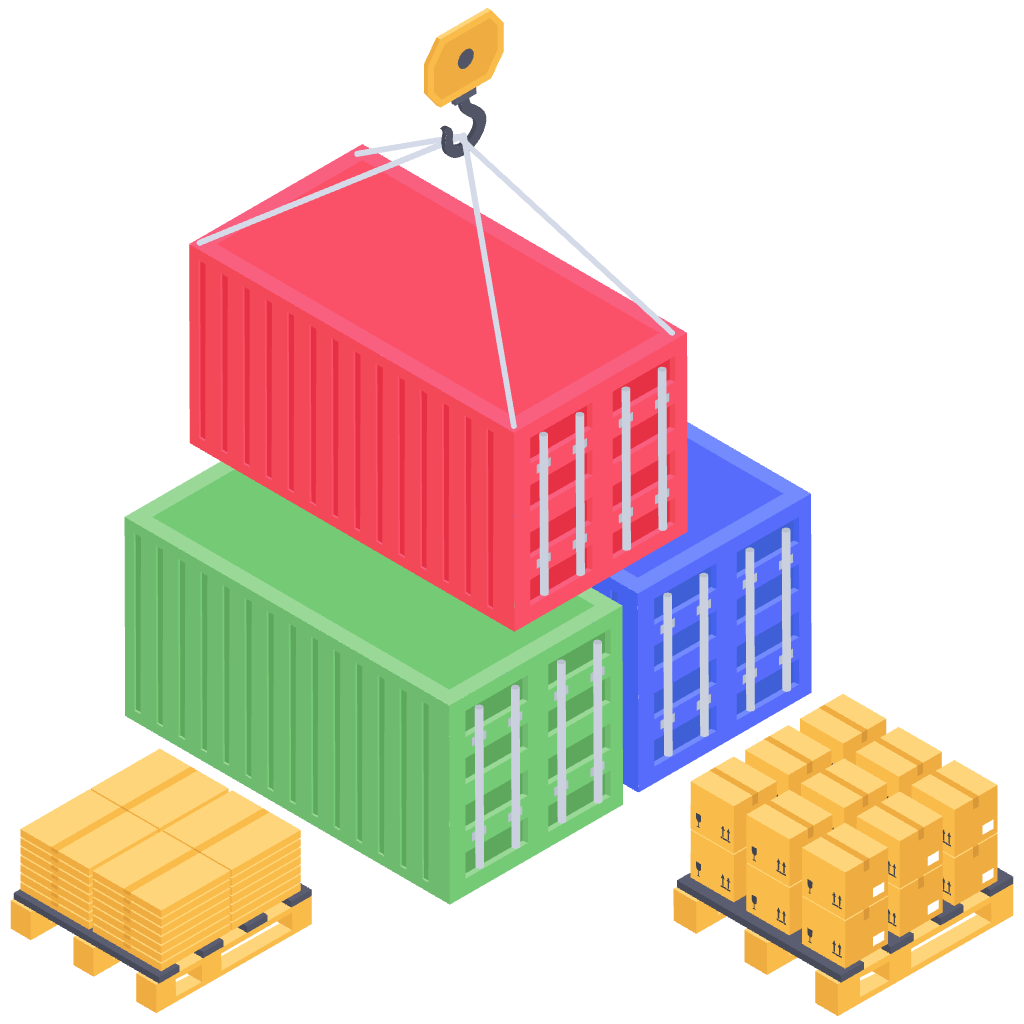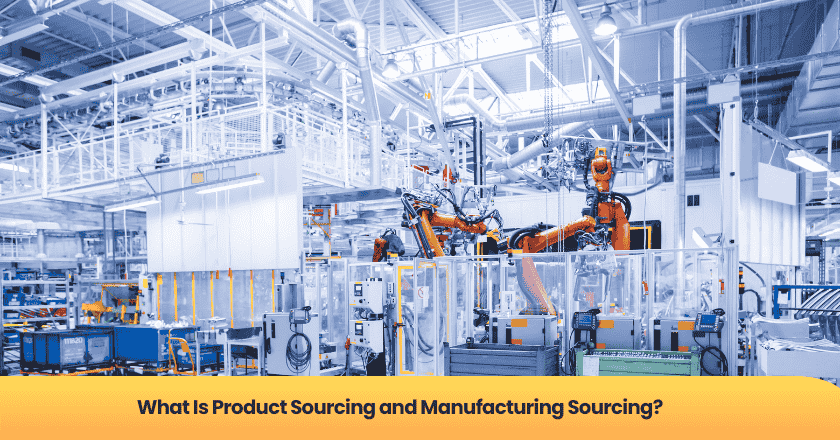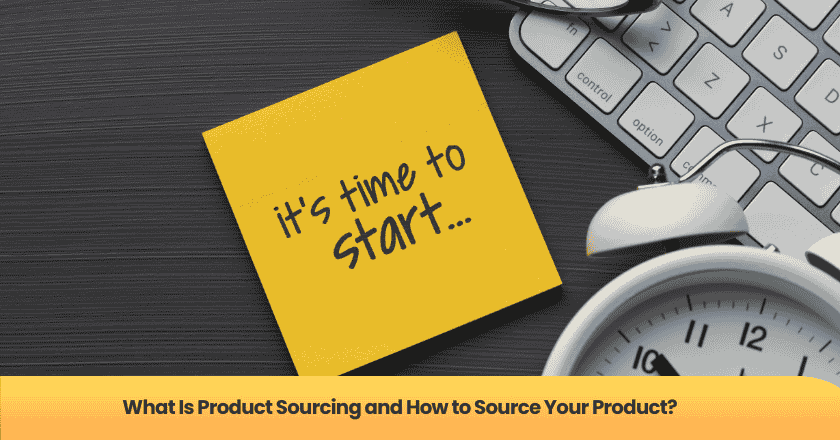
You want to know how to find a manufacturer in China and avoid costly mistakes. China produces 29% of the world’s manufacturing output, creating countless options but also exposing you to risks. Many suppliers ask for extra payments, refuse to send samples, or provide products that do not match your requirements. You need to use secure payment methods and verify every step. Rely on both online platforms and real-world checks to protect your business.
Key Takeaways
- Attend trade shows in China, such as the Canton Fair, to meet manufacturers face-to-face. This allows you to inspect products and negotiate terms directly.
- Verify a manufacturer's reliability by checking their business license and certifications. Look for inconsistencies that may indicate risks.
- Request product samples before placing large orders. This helps you assess quality and ensure the manufacturer meets your specifications.
- Build strong relationships with manufacturers through clear communication and regular updates. This fosters trust and improves cooperation.
How to Find a Manufacturer in China
Online Platforms
You can start your search for manufacturers in China by using major online platforms. These platforms connect you with thousands of suppliers and offer tools to help you filter and evaluate options. Here is a comparison of some widely used platforms:
| Platform | Description | Target Users |
|---|---|---|
| Alibaba | Largest B2B marketplace with millions of suppliers | Large businesses and bulk buyers |
| DHgate | Focused on low MOQs, ideal for SMEs and dropshipping | Small businesses and e-commerce sellers |
| Global Sources | Selective platform focusing on high-quality manufacturers | Buyers looking for quality products |
Tip: Use filters such as verified supplier status, customer reviews, transaction history, and ratings to narrow your search. Many platforms also offer trade assurance services for added security.
Supplier search tools can further refine your results. For example, some tools highlight manufacturers with high customer ratings and fast response times. This helps you create a longlist and then a shortlist of reliable suppliers, making the process of how to find a manufacturer in china more efficient.
Trade Shows
Attending trade shows in China gives you direct access to manufacturers and their products. Major events include:
- Canton Fair: Electronics, textiles, home appliances, machinery
- China International Industry Fair: Manufacturing, automation, energy, industrial equipment
- China Hi-Tech Fair: AI, 5G, IoT, medical technology, renewable energy
- Global Sources Trade Shows: Consumer electronics, fashion, home products
- Yiwu International Commodities Fair: Small commodities, gift items, accessories
You can meet suppliers face-to-face, inspect product samples, and negotiate terms. The Canton Fair alone attracts nearly 289,000 international buyers from over 200 countries, making it a prime venue for those learning how to find a manufacturer in china.
Sourcing Agents
Sourcing agents can simplify how to find a manufacturer in china by leveraging their local expertise. Here is a quick overview:
| Advantages | Disadvantages |
|---|---|
| Saves Time | Higher Costs |
| Access to Expertise | Less Direct Control |
| Better Supplier Relationships | Trust Issues |
| Improved Quality Assurance | Dependency |
| Easier Communication |
A sourcing agent can help you identify trustworthy manufacturers, manage negotiations, and oversee quality control. However, you may face higher costs and less direct control over the process.
NewBuyingAgent
NewBuyingAgent is the ideal partner for overseas SMEs and e-commerce sellers, offering one-stop product sourcing services in China. Simply share your purchasing requirements, and they will handle all your product sourcing needs across all categories in China, helping you save 8%–20% on sourcing costs, ensuring guaranteed product quality (we cover any quality-related claims), and leveraging AI technology to analyze trending, high-demand products to support your new product development. With NewBuyingAgent, cross-border sourcing becomes easier, smarter, and more profitable.
Verify Manufacturer Reliability
Finding a manufacturer is only the first step. You must verify that your chosen partner is legitimate, compliant, and capable of meeting your standards. This process protects your business from scams, poor quality, and costly delays. Here’s how you can confidently assess manufacturer reliability in China.
Business License Check
Start by requesting the manufacturer’s business license. A genuine supplier will provide this document without hesitation. When you receive the license, review these key elements:
| Element | Description |
|---|---|
| Company name | The official name of the business in Chinese. |
| Unified Social Credit Code | A unique 18-digit ID number that identifies the company. |
| Legal representative | The individual legally responsible for the company. |
| Registered capital | The amount of capital registered with the government. |
| Business scope | The range of business activities the company is authorized to conduct. |
| Type of legal entity | The legal structure of the business (e.g., LLC, corporation). |
| Date of establishment | The date when the company was officially registered. |
| Registered address | The official address of the business as registered with the government. |
Note: Any inconsistencies in these details can signal potential risks. Always compare the information on the license with what the supplier provides online or in communication.
You can verify the business license through official government databases. Here are the main agencies and their roles:
| Government Agency | Description |
|---|---|
| State Administration for Industry and Commerce | Manages the National Enterprise Credit Information Publicity System (NECIPS), which oversees the company registry database for verified businesses in China. |
| Ministry of Commerce | Determines trade policies and manages import-export activities, ensuring legal compliance in foreign investment. |
| State Administration of Market Regulation | Ensures lawful trade practices and transparency in the marketplace, supporting legal and regulatory compliance for businesses operating in China. |
When you check a business license, also ask about the company’s product range, past clients, and markets served. Reliable manufacturers will answer your questions directly and provide supporting documents. If you notice missing information, a lack of physical address, or negative reviews, treat these as red flags.
Certifications
Certifications prove that a manufacturer meets industry standards and legal requirements. The most important certification for many product categories in China is the China Compulsory Certification (CCC) mark. This mark covers a wide range of products, including electronics, automotive parts, lighting, toys, and medical devices. Without the CCC mark, products may be held at customs or face penalties.
| Product ategory | Certification Required | Description |
|---|---|---|
| Electrical Products | CCC | Mandatory certification to ensure safety and compliance. |
| Automotive Products | CCC | Required for market access and safety assurance. |
| Lighting Products | CCC | Ensures compliance with safety standards. |
| Telecommunication Equipment | CCC | Certification needed for legal sale in China. |
| Medical Devices | CCC | Mandatory to ensure safety for consumers. |
| Toys | CCC | Required to comply with safety regulations. |
| Vehicle Spare Parts | CCC | Certification ensures safety and compliance. |
| Safety Glass | CCC | Mandatory certification for safety compliance. |
| Other Products (as per catalogue) | CCC | Various products require certification as per the updated catalogue. |
The CCC mark is valid for five years and must be renewed. It covers 119 product types across 17 categories.
To verify certifications, ask for copies of all relevant documents. Use the certificate number to check authenticity through accredited certification bodies. Look for internationally recognized quality certifications, such as ISO 9001, and confirm the factory holds valid production licenses. If you have doubts, conduct an on-site audit or request a third-party inspection.
Factory Visits
A factory visit gives you firsthand insight into the manufacturer’s operations and quality standards. Plan your visit at least two to three months in advance. Before you go, vet the supplier by checking their business license and certifications. Prepare all necessary documents, including your business visa and product specifications.
During your visit, observe the following:
1. Arrive on time and introduce yourself professionally.
2. Engage with staff and ask about production processes.
3. Inspect the factory’s organization, cleanliness, and safety practices.
4. Review documents such as the business license and quality certificates.
5. Take notes and photos to document your findings.
After your visit, send a thank-you email summarizing key points discussed. This step reinforces professionalism and helps build a positive relationship.
If you cannot visit in person, consider hiring a sourcing agent or third-party auditor. They can help arrange visits, interpret, and evaluate the factory’s capabilities. Combining online research with real-world verification, such as factory visits or audits, gives you a complete picture of the manufacturer’s reliability.
Common Red Flags to Watch For
- Lack of verifiable information, such as legal name or registration number
- No physical address or contact information
- Poor online presence or missing website
- Missing business license or certifications
- Negative reviews and complaints
- Listed in government alerts
- Suspicious financial status
- Unrealistic promises
Tip: Always trust your instincts. If something feels off during your research or visit, continue your search. Learning how to find a manufacturer in china involves patience and thoroughness.
By following these steps, you can confidently verify the reliability of any manufacturer you consider. This process is essential for anyone learning how to find a manufacturer in china and ensures your business remains safe and successful.
Communicate and Evaluate
Clear Communication
You must communicate clearly when working with Chinese manufacturers. Direct language helps avoid misunderstandings. Use simple words and short sentences. Avoid jargon and technical terms that may confuse your supplier. Written records, such as emails and contracts, provide clarity and prevent disputes. Schedule regular updates to track progress and address issues quickly.
Tip: Respect cultural differences. Chinese suppliers value relationships and harmony. They may avoid saying "no" directly. Pay attention to non-verbal cues and indirect responses. Building rapport through respectful communication can lead to better cooperation.
Consider these strategies for effective communication:
- Use clear and simple language.
- Provide visual references for product specifications.
- Maintain written records of all agreements.
- Schedule regular follow-ups.
- Be aware of holidays and cultural nuances.
Sample Requests
Requesting product samples is a vital step in how to find a manufacturer in china. Samples allow you to check quality before placing a large order. Follow this process to ensure you receive accurate samples:
1. Define your product specifications in detail.
2. Research and vet the supplier to confirm legitimacy.
3. Request a sample, noting any fees and shipping options.
4. Inspect the sample thoroughly upon arrival.
5. Provide feedback and request adjustments if needed.
6. Decide your next steps based on sample quality.
Visual references and clear instructions help suppliers understand your requirements. Always inspect samples carefully. If the sample does not meet your standards, communicate your concerns and request changes.
Negotiation
Negotiation with Chinese manufacturers requires preparation and cultural awareness. Larger orders often secure better pricing and terms. Presenting alternative solutions and confirming sample quality before discussing prices encourages competitive offers. You can bundle multiple SKUs or provide an annual purchase volume estimate to show long-term potential.
Building rapport is essential. Show genuine interest in your supplier’s customs and address them respectfully. This approach fosters trust and may lead to more favorable terms. Research the market and organize your data before negotiations. Prepare to discuss order size, product category, and delivery timelines.
Note: Effective negotiation relies on clear communication, cultural understanding, and relationship building. These elements help you achieve better outcomes and avoid common pitfalls.
Build and Monitor Relationships
Trial Orders
Placing a trial order helps you evaluate a manufacturer’s capabilities before committing to a large purchase. You gain cost efficiency and faster timelines, which allow you to test product quality and supplier responsiveness. Trial orders also give you access to a wide range of product options. However, you should remain aware of potential risks such as quality control issues, dependency on a single supplier, and communication barriers.
Benefits:
- Cost efficiency
- Faster trial timelines
- Access to diverse products
Risks:
- Quality control challenges
- Supplier dependency
- Communication difficulties
- Intellectual property concerns
A trial order acts as a practical test. You can assess how well the manufacturer meets your requirements and handles feedback.
Quality Control
Quality control ensures your products meet the required standards at every stage. You should define clear specifications and provide detailed documentation. Factory audits and in-process inspections help you catch defects early. Many buyers use third-party inspections or local quality control teams for unbiased oversight.
| Quality Control Measure | Description |
|---|---|
| Define Clear Specifications | Share detailed product requirements and samples. |
| Factory Audits | Verify manufacturing capabilities and compliance. |
| In-Process and Final Inspections | Inspect products during and after production. |
| Third-Party Inspections | Use independent agencies for objective quality checks. |
| Local QC Teams | Employ local staff for ongoing monitoring. |
You should also consider pre-production checks, during-production inspections, and final random inspections to maintain high standards.
Ongoing Evaluation
Long-term success depends on regular evaluation and open communication. You should track key performance metrics to monitor reliability and quality over time.
| Metric | Description |
|---|---|
| Production Volume | Track total output to ensure capacity meets your needs. |
| Production Downtime | Monitor downtime to minimize disruptions. |
| Defect Density | Measure defect rates to identify quality issues quickly. |
| Right First Time | Calculate the percentage of products meeting standards on the first attempt. |
Regular performance reviews, immediate resolution of issues, and investment in relationship-building activities—such as supplier visits—strengthen your partnership. Adapting to changes and providing constructive feedback help you build trust and achieve long-term success.
You can find a reliable manufacturer in China by following a clear process. Start with online research, verify credentials, and communicate your needs directly. Combine digital tools with real-world checks for the best results. To begin, take these steps:
1. Verify supplier credentials by checking business licenses and factory capabilities.
2. Clarify specifications and negotiate minimum order quantities.
3. Understand payment and shipping terms to reduce risks.
4. Build long-term relationships through regular communication and mutual respect.
Taking these actions will help you secure trustworthy partners and achieve success in your sourcing journey.
FAQ
What documents should you request from a Chinese manufacturer?
You should ask for a business license, certifications, and product test reports. These documents help you confirm the manufacturer’s legitimacy and quality standards. Always verify the authenticity of each document before moving forward.
How can you protect your payment when working with a new supplier?
Use secure payment methods such as letters of credit or escrow services. These options offer protection if the supplier fails to deliver as agreed. Avoid sending full payment upfront.
Is it necessary to visit the factory in person?
A factory visit gives you valuable insight into production quality and working conditions. If you cannot travel, you can hire a third-party inspection service to audit the facility on your behalf.
What is the typical lead time for manufacturing orders in China?
Lead times vary by product and order size. Most manufacturers need 30 to 60 days for production. You should confirm timelines before placing your order and include delivery dates in your contract.
How do you handle language barriers with Chinese manufacturers?
You can use clear, simple English and visual references. Many suppliers have English-speaking staff. If communication remains difficult, consider hiring a sourcing agent or translator to ensure accuracy.
Get Started Today
Let's Turn Your Sourcing Goals into RealityWeChat:+86 15157124615
WhatsApp:+86 15157124615
Address:Building 10 #39 Xiangyuan Road, Hangzhou, China




